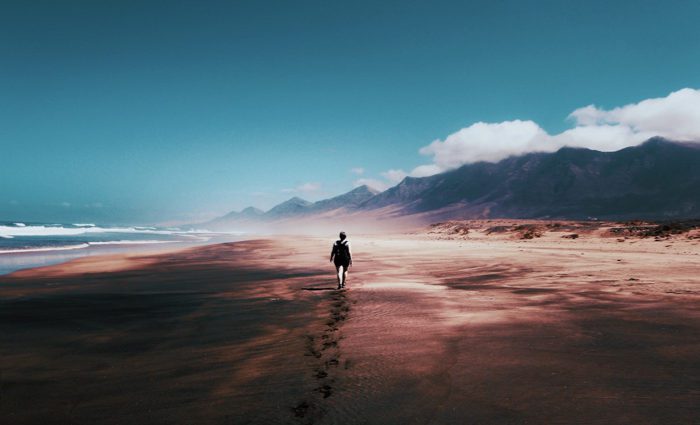by Barbara Linn Probst
Like becoming a parent, becoming an author has been nothing like I imagined.
There’s no end to the number of books out there telling us how to write, publish, and market our books. They’re all useful—and they’re all wrong.
The Publication Journey Will Not Be Liked You Imagined
Back when I was a clinical social worker, I ran groups for parents under the title, “This isn’t the child I dreamed of raising.” I’d come to understand that the way to cherish the child you actually have is to accept that it isn’t going to be the way you’d pictured. Not better, not worse. Just different.
It’s like that with a book. I don’t know anyone whose publication journey has been the way she imagined.
I’m not talking about the writing itself, but about the process of launching a book into the world. The two are quite different, requiring different skill sets and mind sets.
The Hardest Part of My Book Launch was the Emotional Roller Coaster
For me, the hardest part of the launch was the emotional roller coaster—the frantic, all-consuming highs and lows that I never expected. The feeling of competition. The surges of jealousy and greed. The addiction to good news from my publicist. The yearning to be chosen, to be teacher’s pet.
Everyone else on the Facebook groups for writers that I belong to seemed to genuinely celebrate the achievement of other writers. Such a kind, generous sisterhood! “A rising tide lifts all boats,” they proclaimed.
So why did I secretly want my boat to be lifted just a teeny bit higher? I tried my best to wish just as hard for everyone else as I wished for myself, yet it seemed forced. What was wrong with me? Why was I such a terrible person?
This is the stuff no one talks about. It comes from the place on the Venn diagram where insecurity and arrogance overlap—although they’re probably two faces of the same overactive ego.
It’s complicated, though, because that ego also fuels the drive to write, provides the confidence and persistence that are needed to complete a book.
I Step Away from My Author Self to Participate in the Larger World
I tell myself that all these feelings are “normal.” I’m human, which means I’m a blend of selfish and selfless. I try to accept that. Meditation, long walks, cooking, gardening, playing the piano—these things help because they draw me into other parts of myself that also need a chance to breathe. I step away from my author-self to participate in the larger world.
It’s a psychic stretching of the limbs, to complement the physical stretching, which is also needed. Sitting in front of a laptop for hours, immersed in a story, can bring about the hyper-focus that (for me) is the wellspring of creativity, but at a certain point it’s counter-productive. The challenge is to catch that point—and get up, go outside, do something different, trusting that nothing will be lost.
In fact, my best ideas tend to come while I’m walking, pulling weeds, or standing under a hot shower. They’re far less likely to come when I’m trying to force something that’s just not ready to emerge. Living with my characters, feeling them, getting to know and love and respect them—instead of trying to make them “do” things that I imagine will constitute a great plot—that’s how it works for me.
And when that happens, it’s the best feeling I know—to be in the throes of a story that needs me to bring it to life, its servant and midwife.
Ah, the old childbirth metaphor.
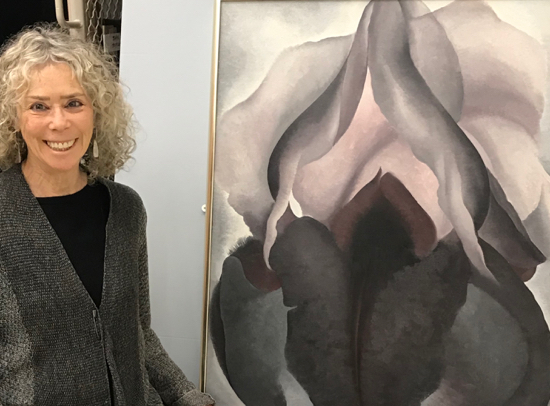
Why I Decided to Publish with a Hybrid Press
As a parent by adoption, I’ve always been sensitive to the comparison of publishing a book to birthing a child, finding it both illuminating and constraining. Unlike some who choose to adopt, I didn’t try every available means to conceive a biological child but switched paths fairly quickly because I believed—and still do—that raising a child was far more important to me than how that child arrived in my arms.
It was a bit like that when I decided, after a single agent query, to publish with a hybrid press. I had the time, means, and temperament to take this path, although it isn’t right for everyone. Bringing my book to life felt more important than how, exactly, it got there.
Once out in the world, its fate would depend on its merits and reception, not on its pedigree.
That said, I took a very active role in the marketing process. No stone unturned. You never know. Yes as the default answer.
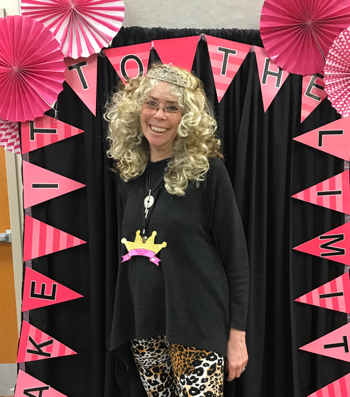
How I Made My Book Launch Fun
I decided early on to gather what’s called a “street team” of enthusiastic readers to post about my book on social media.
Realizing that their devotion to me would only go so far, I decided to be generous. I created an appealing little “owl with tiara” graphic that I used everywhere to complement the book cover. I designed and gave away oversized magnets, did random drawings for mugs and tote bags. The prizes and drawings made it more engaging, created a spirit of fun and goodwill.
In fact, Queen of the Owls has had a wonderful launch! One of the things that made it stand out among other “women’s fiction” books is that the story is framed around iconic American painter Georgia O’Keeffe, whom I learned so much about in the course of writing the book.
While Queen of the Owls isn’t an historical novel and O’Keeffe herself doesn’t walk across the pages, she’s present throughout as an inspiration for the protagonist, who yearns for the kind of embodied wholeness and authenticity that O’Keeffe represents.
So many wonderful things happened around the launch of Queen of the Owls, but my favorites include: being selected as one of the twenty most anticipated books of 2020 by Working Mother, one of the best Spring fiction books by Parade Magazine, a “quarantine read” by Entertainment Weekly, a debut novel “too good to ignore” by Bustle, and “one of ten books to read if you can’t get enough of “Little Fires Everywhere” by Pop Sugar. And, of course, the one-of-a-kind, utterly indescribable Pulpwood Queens weekend in Jefferson, Texas!
Advice for a Young Writer: Have a Story You Passionately Need to Tell
If someone were to ask me for advice about becoming an author, I would say: you have to love writing, and you have to have a story that you passionately need to tell.
That’s it.
All the rest—character arcs, emotional turning points, grids and Goodreads and giveaways—will find their places around that.
Photo by Tom Swinnen from Pexels.
* * *
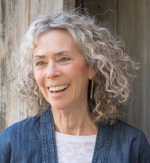 BARBARA LINN PROBST is a writer of both fiction and non-fiction, living on an historic dirt road in New York’s Hudson Valley. Her debut novel QUEEN OF THE OWLS (April 2020) is the powerful story of a woman’s search for wholeness, framed around the art and life of iconic American painter Georgia O’Keeffe.
BARBARA LINN PROBST is a writer of both fiction and non-fiction, living on an historic dirt road in New York’s Hudson Valley. Her debut novel QUEEN OF THE OWLS (April 2020) is the powerful story of a woman’s search for wholeness, framed around the art and life of iconic American painter Georgia O’Keeffe.
Endorsed by best-selling authors including Christina Baker Kline and Caroline Leavitt, QUEEN OF THE OWLS was selected as one of the twenty most anticipated books of 2020 by Working Mother and a debut novel “too good to ignore” by Bustle. It won the bronze medal for popular fiction from the Independent Publishers Association, placed first runner-up in general fiction for the Eric Hoffer Award, and was short-listed for the $2500 Grand Prize.
Barbara has a PhD in clinical social work and blogs for several award-winning sites for writers. To learn more about Barbara and her work, please see her website or connect with her on Goodreads, Facebook, and Instagram.
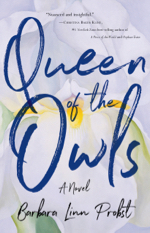 Queen of the Owls: Until she met Richard, Elizabeth’s relationship with Georgia O’Keeffe and her little-known Hawaii paintings was purely academic. Now it’s personal. Richard tells Elizabeth that the only way she can truly understand O’Keeffe isn’t with her mind―it’s by getting into O’Keeffe’s skin and reenacting her famous nude photos.
Queen of the Owls: Until she met Richard, Elizabeth’s relationship with Georgia O’Keeffe and her little-known Hawaii paintings was purely academic. Now it’s personal. Richard tells Elizabeth that the only way she can truly understand O’Keeffe isn’t with her mind―it’s by getting into O’Keeffe’s skin and reenacting her famous nude photos.
In the intimacy of Richard’s studio, Elizabeth experiences a new, intoxicating abandon and fullness. It never occurs to her that the photographs might be made public, especially without her consent. Desperate to avoid exposure―she’s a rising star in the academic world and the mother of young children―Elizabeth demands that Richard dismantle the exhibit. But he refuses. The pictures are his art. His property, not hers.
As word of the photos spreads, Elizabeth unwittingly becomes a feminist heroine to her students, who misunderstand her motives in posing. To the university, however, her actions are a public scandal. To her husband, they’re a public humiliation. Yet Richard has reawakened an awareness that’s haunted Elizabeth since she was a child―the truth that cerebral knowledge will never be enough.
Now she must face the question: How much is she willing to risk to be truly seen and known?
Available on Amazon.

